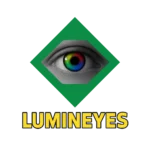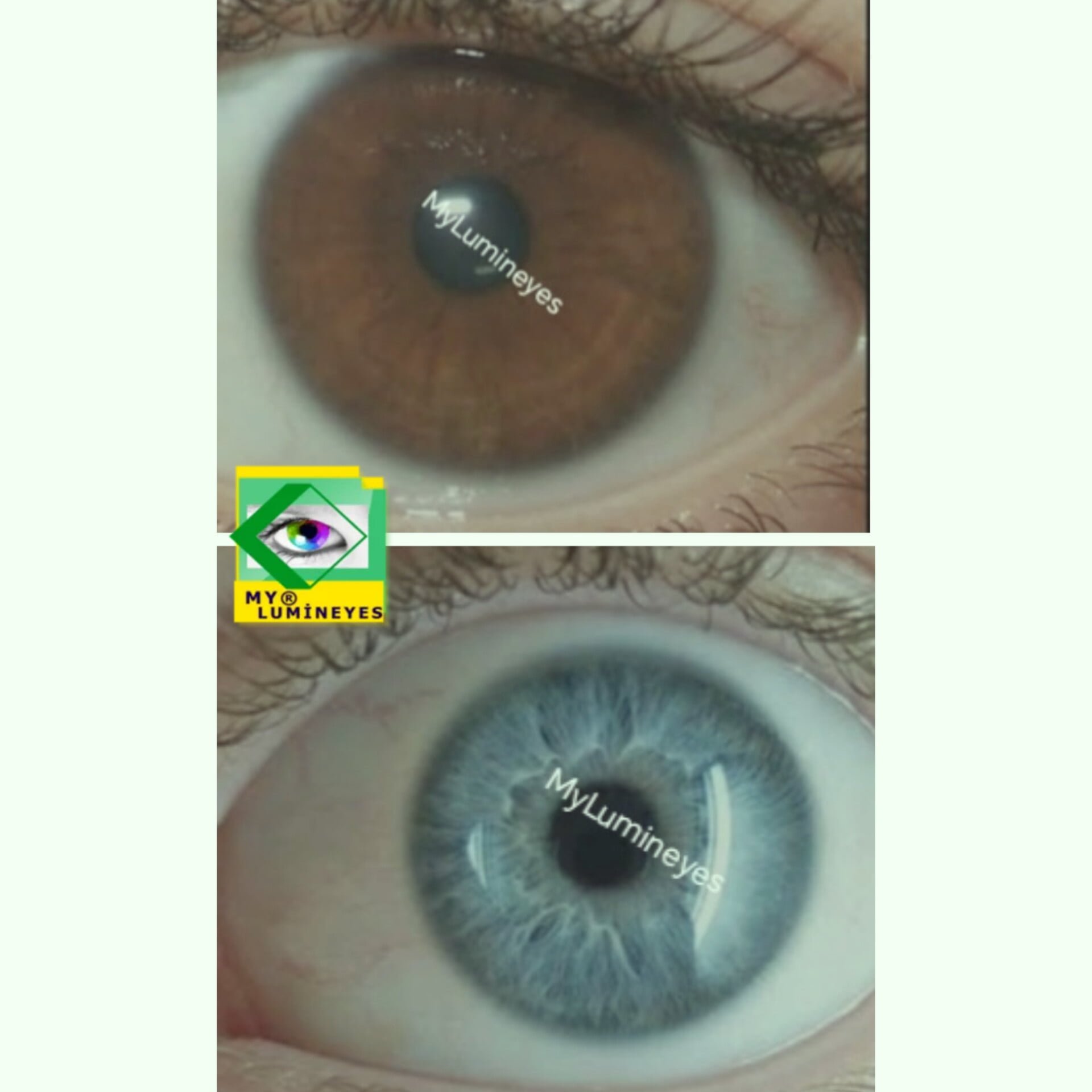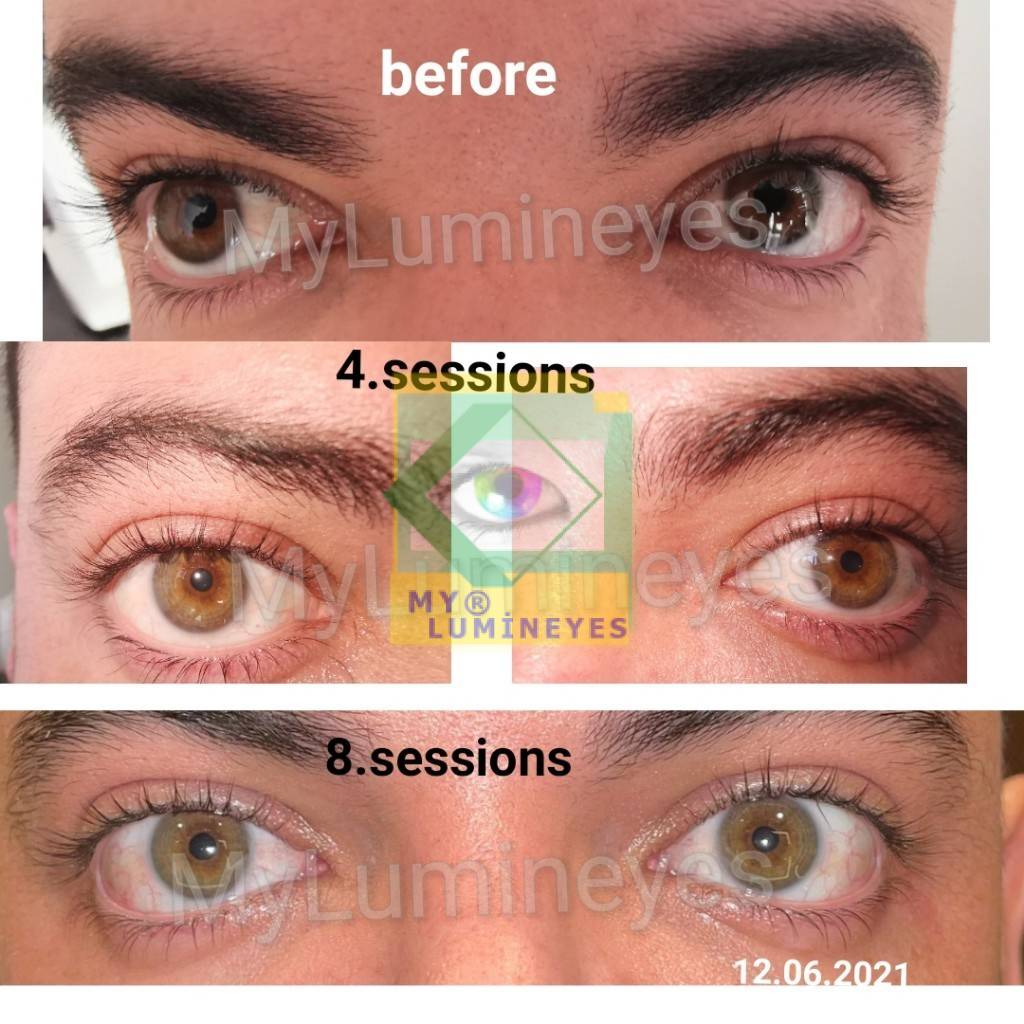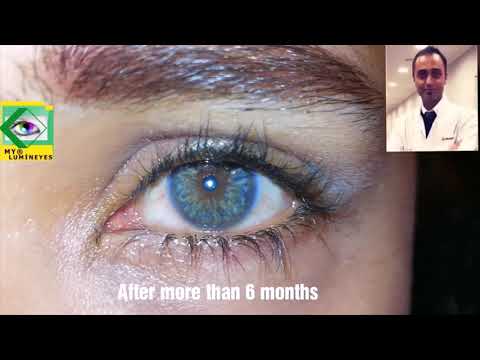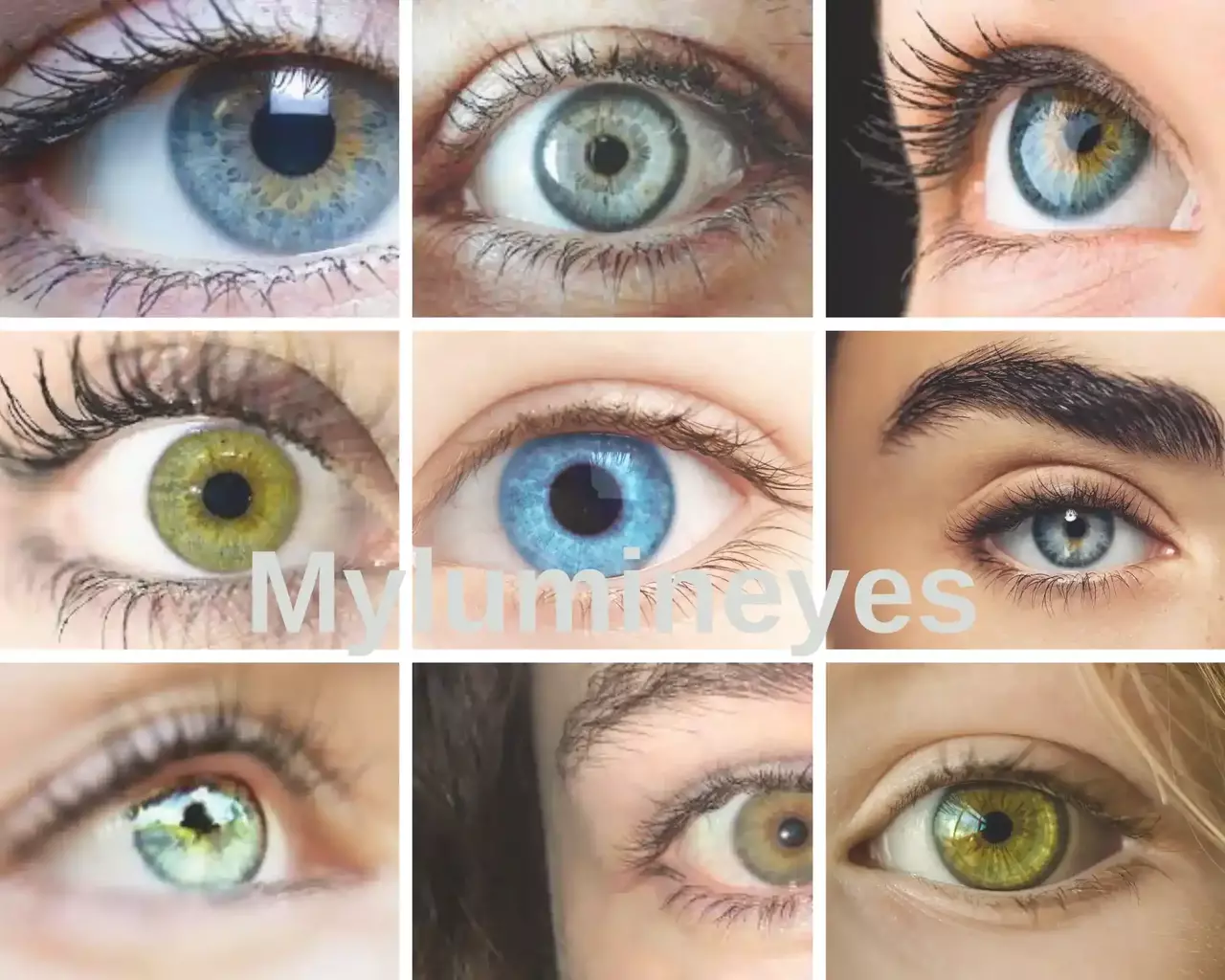Strabismus surgery guide
Strabismus is more than just a cosmetic flaw; it can cause severe, irreversible vision impairment. Typically, early childhood surgery can prevent this development. When the eyes are misaligned as a result of squinting, the two resulting images are so far apart that the brain cannot merge them into a single spatial image. During childhood, the brain protects itself by obscuring the image sent by the squinting eye. Without treatment, vision impairment in the underutilized eye worsens, becomes permanent during school age, and lasts the rest of life. Strabismus, also known as “strabismus,” is a disorder that primarily affects children.
As a result of their noticeably altered stare, the majority of those affected receive smiles from other children at school or kindergarten. This is a dangerous condition that must be treated right away. As a result, strabismus surgery is frequently performed. Surgery and other treatments for strabismus can be extremely effective if started as soon as possible.
Strabismus surgery for the eye muscles is frequently recommended in such cases. It’s also possible that the squint angle is too large for normal vision in both eyes, or that the glasses and closure treatments provided are insufficient.
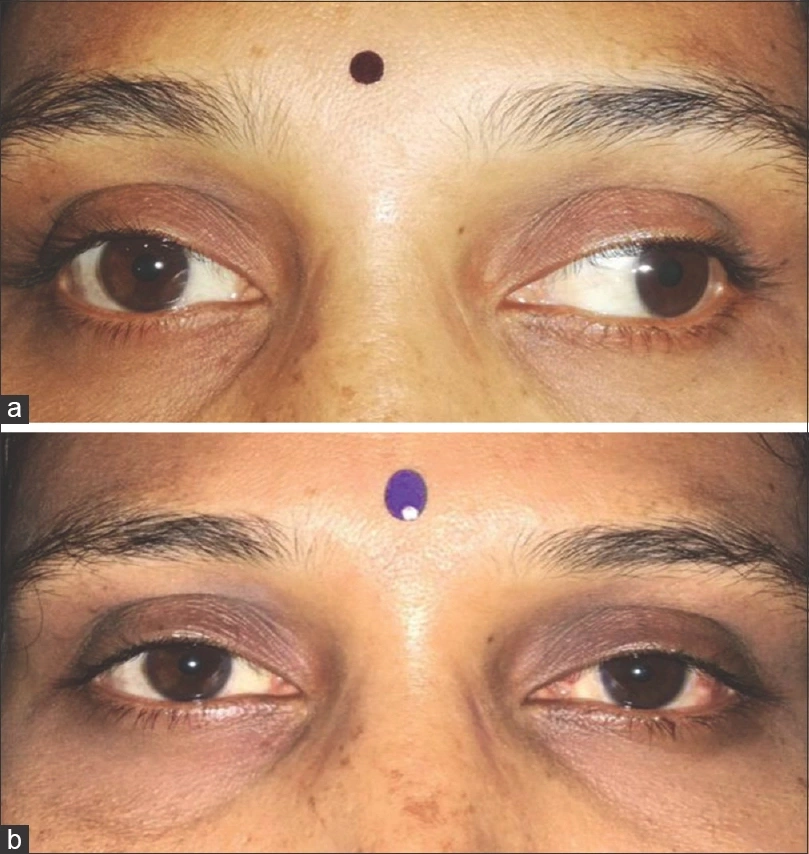
Latent strabismus, which is often caused by a small misalignment of the eyes, can sometimes be fixed by the brain.
However, many youngsters require eye surgery for strabismus. Nonetheless, you should anticipate that the youngster will wear glasses consistently and see equally well out of both eyes. However, if strabismus develops late in childhood, surgery is typically performed immediately. Because strabismus that has been present from infancy is typically not detected until maturity, there is typically nothing that can be done to correct the visual impairment caused by the squinted eye. The surgery for strabismus is then performed only for aesthetic purposes.
Paralytic strabismus is extremely uncommon in children. After determining the reasons, squinting surgery is frequently indicated in this instance as well.
When is surgery for strabismus performed?
In cases of strabismus, the most significant treatment methods are the correction of any ametropia using spectacles and the eradication of impaired vision (amblyopia) in the strabismus eye by shutting the good-seeing eye. If conservative therapy fails, surgical intervention is recommended. In the majority of instances, strabismus is treated surgically, especially when the strabismus angle is greater. Together with the ophthalmologist or orthoptist, the optimal time for the procedure is decided. In the event of an internal squint, or strabismus, that occurs in the first six months of infancy, surgery is advised before the age of 12 months. If strabismus arises between the ages of 5 and 6, surgery should be undertaken immediately.
Objectives and execution of the strabismus surgical procedure
Every squint surgery aims to alter the location of the eyeball so that double vision is eradicated and the aesthetic issue of deformed eyes is resolved. Surgical adjustments to the extraocular muscles accomplish this. Six muscles on the sides of each eye guide it in various directions. During strabismus surgery, the surgeon attempts to align the eyes by moving or shortening certain muscles. However, since it is impossible to permanently reposition the muscles, more than one procedure may be necessary. Strabismus surgery may also be necessary for the healthy eye’s synchronization with both eyes.
During surgery, the conjunctiva is opened to get access to the eye muscles on the outside of the eyeball. To restore equilibrium, it subsequently shortens or moves the muscles, depending on the kind of strabismus. Surgery for strabismus corrects just the deformation of the eyes, not the visual impairment. Additionally, strabismus surgery does not necessarily enhance peripheral vision. Strabismus surgery may need to be repeated in certain cases if the outcome is not satisfactory. Strabismus procedures are often performed under general anesthesia on children, while local anesthesia is sufficient for adults. Strabismus surgery is conducted on the surface of the eye, which means that the eye is neither removed nor opened.
What occurs throughout this intervention?
The strabismus angle of the diseased eye is surgically corrected during strabismus surgery until the axis of the eye is parallel to the axis of the healthy eye. Eye muscles that pull excessively are repositioned on the eyeball, while those that are too weak are contracted. It is not necessary to remove or cut the eye for this reason. To access the eye’s muscles, just the conjunctiva, which heals quickly, is sliced. In paralytic strabismus, the antagonist of the paralyzed muscle is diminished, while the paralyzed muscle is either removed or folded. With his head raised high, the patient should no longer perceive double images. In rare instances, eye misalignment may require more than one operation to correct.
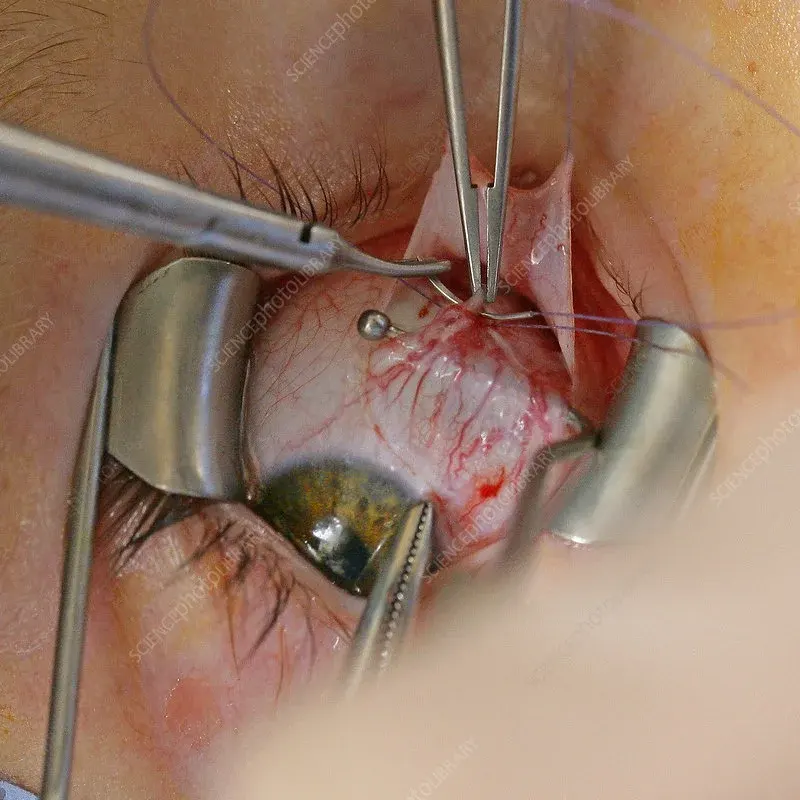
When does the physician propose doing strabismus surgery?
The brain tolerates a very modest deviation of the eyes (latent strabismus) without effect. In around fifty percent of squinting children, ocular malposition must be surgically rectified. In the case of extremely young children, the treatment is often postponed until the kid can wear glasses reliably, sees equally well with both eyes, and has undergone a thorough ophthalmologic examination. The closure (occlusion) of the healthy eye prevents the visual impairment of the squint eye, allowing the squint eye to see. Typically, the procedure is performed in preschool.
The doctor will propose surgery for children with late strabismus (normosensory late strabismus) as soon as feasible. If juvenile strabismus is not detected until maturity, there is typically nothing that can be done to correct the visual impairment of the squinted eye. In this instance, the procedure is performed solely for aesthetic purposes, and eyesight cannot often be enhanced. Paralytic strabismus, which is more prevalent in adults, is characterized by double vision and is caused by the abrupt paralysis of the eye muscles. Perhaps vomiting and nausea After thoroughly explaining the potential causes, a procedure is also indicated in this case.
Which method of stunning is typically employed?
Typically, the surgery is performed under general anesthesia on young patients. The procedure can also be conducted under local anesthesia on adults, often in the form of block anesthesia. This anesthetic also inhibits the eye’s defensive reaction, rendering the eye painless and motionless. Adults who find the concept of eye manipulation uncomfortable may seek general anesthesia. This also applies to anxious individuals who have difficulty keeping their heads motionless for extended periods of time.
How long does the strabismus surgery typically take?
The duration of the surgery is dependent on the number of muscles operated on.
Who might not qualify for this procedure?
Typically, it is not administered to extremely young children until preschool age. In the majority of instances, the surgery is not performed until the eye drift has remained stable for at least six months. Otherwise, the operation is permissible for patients of any age.
How will risk be evaluated?
Strabismus surgery is an extremely low-risk visual procedure. Before the treatment, your doctor will tell you everything you need to know about very rare problems, like bleeding or an infection after the surgery. About 48 hours after the treatment, you can expect pain, especially in the eye movements, which can be treated with medicine. Usually, the squint approach is only one component of a more comprehensive therapy plan. Generally speaking, an ophthalmologist’s more frequent therapy is absolutely necessary, therefore glasses are unavoidable. Sometimes further surgical changes are needed. This should not be taken as evidence of the operation failing.
What should you focus on before the operation?
If the surgery will be conducted under general anesthesia, you should not consume turbid drinks for six hours before the procedure! Furthermore, clear beverages should not be consumed at least two hours prior to anesthesia.(apart from tablets, which should be taken with water.) You shouldn’t smoke the day you’re having anesthesia. If you take any drugs in the morning, kindly discuss them with your anesthesiologist on the ones you can take before anesthesia.
What occurs following the procedure, and what factors should be considered?
Even with outpatient surgery, you will be under monitoring until you are deemed fit to return home. On the day of the transaction, you are not permitted to go in your own vehicle and should not utilize public transit alone. Make arrangements for relatives or friends to transport you home, or hire a cab.
The doctor will tell you or your child exactly what to do after the surgery, and he or she will give you or your child drops and ointments that should be used exactly as directed.
Problems and Dangers of strabismus surgery
Eye muscle surgery typically has minimal consequences. Depending on the size of the individual’s eyes, specific glasses may be used to address instances of overcorrection. Infrequently, double vision may develop after surgery, and ocular damage may occur during the procedure. As with any surgical operation, rare instances of bleeding or infection may occur.
Prognosis and follow-up
Eye squinting surgeries frequently have a high success rate. It is possible to recover normal binocular vision and a larger range of vision. Additionally, the aesthetic component, which should not be disregarded for those affected, is being addressed. Frequently, a single action suffices. In certain instances, the eyes’ location may shift over time, prompting a second operation. During the first several days following surgery, the eye remains inflamed and red. Your ophthalmologist will prescribe eye drops and ointment. After surgery, heavy physical activity, sports, and swimming should be avoided for the first week. The healing process is monitored by the ophthalmologist at regular intervals. Even after strabismus surgery, you must continue to wear corrective glasses.
